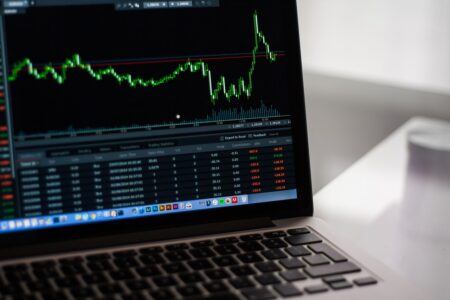The XRP Ledger (XRPL) is significantly impacting the financial world with its advanced features, low-cost transactions, and eco-friendly design.
The XRP Ledger (XRPL) is a decentralized, open-source blockchain platform designed for fast and efficient cross-border transactions. The ledger is powered by its native digital asset, XRP, which serves as a bridge currency for facilitating global payments. In this report, we take a look at the main features of the XRPL, its benefits, and future potential.
Main Features:
- Decentralized Exchange (DEX): The XRPL features a built-in decentralized exchange that allows users to trade any issued asset on the platform. This exchange offers enhanced control over assets and trades, eliminating the need for centralized intermediaries and reducing fees and counterparty risks.
- Energy-efficient Consensus Mechanism: The XRPL employs a consensus mechanism that is more energy-efficient and faster than the Proof-of-Work mechanism used by blockchains such as Bitcoin and Litecoin. This mechanism reduces the environmental impact and enables rapid transaction confirmations with lower fees.
- Federated Sidechains: The XRPL plans to introduce federated sidechains, parallel ledgers that can interact with the main ledger, enabling the development of new applications and features without affecting the core functionality of the XRPL.
Benefits:
- Custom Tokens: The XRPL allows users to issue custom tokens representing various assets, such as fiat currencies, commodities, and digital collectibles. This feature enables greater flexibility and utility for users, allowing them to create and manage digital assets tailored to their needs.
- Low Transaction Costs: Transactions on the XRPL are incredibly cost-effective, with fees averaging fractions of a cent. This affordability ensures that users can conduct transactions without worrying about prohibitive costs, making the XRPL an attractive platform for individuals and businesses.
- Environmental Sustainability: The XRPL’s energy-efficient consensus mechanism significantly reduces the environmental impact associated with cryptocurrency mining. As sustainability concerns rise, the XRPL stands out as an eco-friendly alternative in the blockchain ecosystem.
Future Potential:
- Smart Contracts and DeFi Integration: Although the XRPL does not natively support Turing-complete smart contracts, it is possible to build limited smart contract functionality on the platform. By leveraging federated sidechains and potential third-party integrations, the XRPL could expand its support for smart contracts and DeFi applications, contributing to decentralized finance’s broader growth and adoption.
- Central Bank Digital Currencies (CBDCs): The XRPL already supports cross-border payments through its native digital asset, XRP, which serves as a bridge currency. XRPL’s technology could further be used to support the development and issuance of CBDCs, enhancing the efficiency of cross-border payments with these digital fiat currencies and fostering global financial inclusion.
- Increased Adoption and Innovation: The introduction of federated sidechains and the potential for expanded smart contract support could lead to increased adoption and innovation within the XRPL ecosystem. As developers build new applications and explore use cases such as DeFi, NFTs, and more, the XRPL’s utility and value in the crypto space will likely grow.
Image Credit
Featured Image via Pixabay









